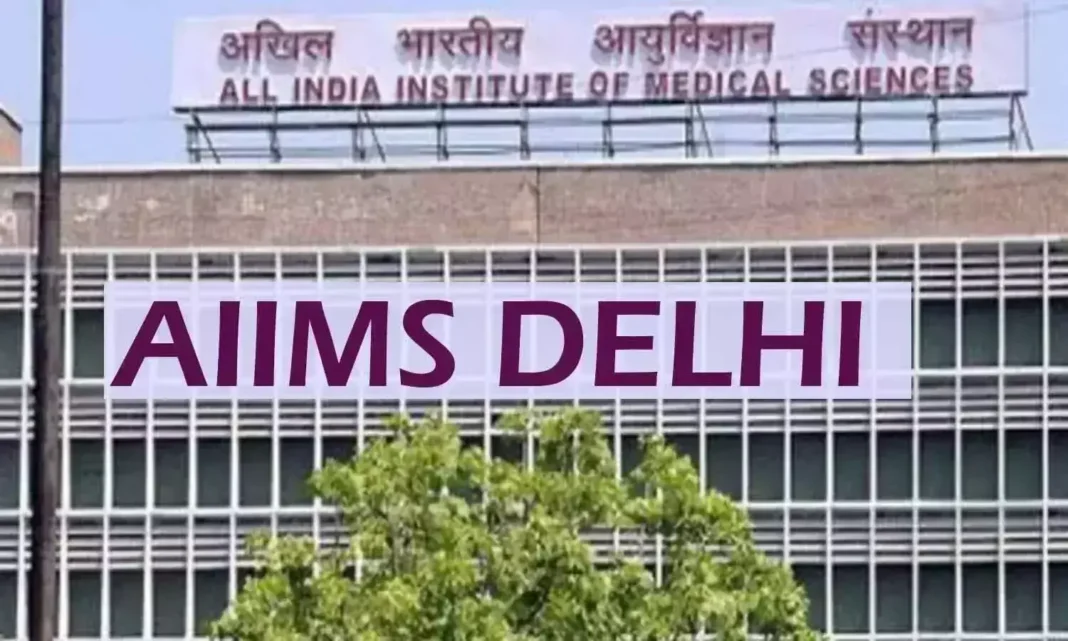The All India Institute of Medical Sciences (AIIMS) in Delhi has announced that hybrid education is the way forward for undergraduate (UG) and postgraduate (PG) medical education in the country. The announcement comes as a result of the COVID-19 pandemic, which has forced educational institutions to rethink their traditional modes of teaching and learning.
According to AIIMS officials, the hybrid education model combines the best of both online and offline learning, and provides students with greater flexibility and access to high-quality education. Under this model, students can attend classes both in-person and online, depending on their individual preferences and circumstances.
The hybrid education model has several advantages over traditional modes of teaching, particularly in the context of the COVID-19 pandemic. It allows students to continue their education without interruption, even in the event of lockdowns or other restrictions. It also provides greater access to high-quality educational resources, including lectures, tutorials, and other materials.
The AIIMS officials emphasized that the hybrid education model would be particularly beneficial for medical education, where practical training and clinical exposure are essential components of the curriculum. Under the hybrid model, students can attend practical classes and clinical postings in person, while also accessing lectures and other materials online.
The AIIMS announcement has been welcomed by students and educators alike, who have been struggling to adapt to the challenges posed by the COVID-19 pandemic. Many educational institutions have been forced to suspend classes or switch to online learning, which has led to disruptions in the learning process and reduced access to educational resources.
Overall, the AIIMS announcement underscores the need for educational institutions to adapt to the changing realities of the COVID-19 pandemic, and to explore new and innovative modes of teaching and learning. It highlights the potential of hybrid education to provide students with greater flexibility and access to high-quality education, while also ensuring that they receive the practical training and clinical exposure they need to excel in their chosen fields.




